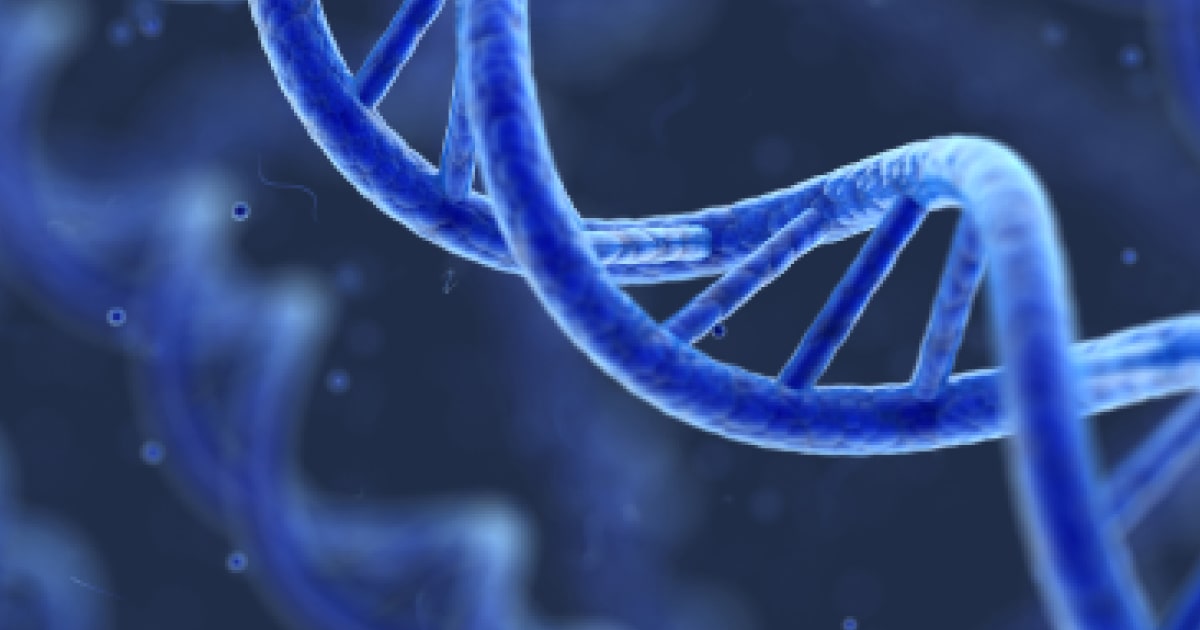
Expert Reviewed By: Dr. Brandon Colby MD
Intervertebral disk calcification is a rare condition that affects the spinal column, causing pain and discomfort. This article will explore the complexities of this disease, focusing on pediatric idiopathic intervertebral disc calcification (PIIDC) of the cervical spine, its diagnosis, and the potential role of genetic testing in understanding and managing the condition. We will discuss the findings from recent research studies and case reports to provide a comprehensive overview of this rare and often misunderstood disorder.
Understanding Intervertebral Disk Calcification
Intervertebral disk calcification is a condition characterized by the abnormal deposition of calcium salts within the intervertebral discs, which are the cushion-like structures between the vertebrae of the spinal column. In pediatric cases, the cause of this calcification is often unclear, leading to the classification of the condition as idiopathic (1).
PIIDC is a rare childhood disease that can cause significant pain and discomfort, as well as potentially impacting the normal growth and development of the spine. In some cases, the condition may resolve spontaneously, while in others, it may require conservative treatment or even surgery to address the underlying issues (2).
Diagnosing Intervertebral Disk Calcification
Diagnosing PIIDC can be challenging due to the rarity of the condition and the potential for overlapping symptoms with other spinal disorders. Imaging techniques such as computed tomography (CT) and magnetic resonance imaging (MRI) can be valuable tools in detecting the presence of calcification within the intervertebral discs and assessing the extent of the condition (4).
In a case study of a 7-year-old boy with acute symptomatic intervertebral disk calcification at the C2-3 level, CT and MRI scans revealed the presence of calcification as well as retropharyngeal edema, which is a swelling in the tissues at the back of the throat (4). This case highlights the importance of thorough diagnostic imaging in identifying the presence and extent of the condition and informing appropriate treatment strategies.
Genetic Testing and Intervertebral Disk Calcification
Genetic Associations in Animal Models
While the exact cause of PIIDC remains unclear, research into the genetic factors that may contribute to the development of intervertebral disk calcification has provided some valuable insights. In a study of Dachshunds, a breed of dog known to be prone to disk calcification, researchers identified a significant association between a specific locus on chromosome 12 and the presence of calcification (3).
This study not only validated the genetic association but also developed a risk prediction model that could be used to assess the likelihood of calcification in individual dogs, potentially informing breeding strategies to reduce the prevalence of the condition (3).
Implications for Human PIIDC
Although the genetic associations identified in Dachshunds may not directly translate to human cases of PIIDC, the findings do highlight the potential role of genetic factors in the development of intervertebral disk calcification. Further research into the genetic basis of this condition in humans could provide valuable insights into its causes and inform the development of targeted treatment strategies.
Genetic Testing as a Diagnostic and Prognostic Tool
As our understanding of the genetic factors contributing to intervertebral disk calcification grows, genetic testing may become an increasingly valuable tool in diagnosing and managing the condition. Identifying specific genetic markers associated with PIIDC could enable earlier and more accurate diagnosis, as well as informing personalized treatment plans based on an individual's genetic profile.
Additionally, genetic testing could play a role in assessing the risk of PIIDC in family members of affected individuals, potentially enabling preventative measures to be taken to reduce the likelihood of developing the condition.
Conclusion
Intervertebral disk calcification, particularly PIIDC, remains a rare and often misunderstood condition. Advances in diagnostic imaging techniques have improved our ability to detect and assess the extent of the condition, while research into the genetic factors contributing to its development offers promising avenues for further understanding and potential treatment strategies. As our knowledge of the genetic basis of PIIDC grows, genetic testing may become an increasingly valuable tool in diagnosing, managing, and potentially preventing this complex and painful disorder.
About The Expert Reviewer
Dr. Brandon Colby MD is a US physician specializing in the personalized prevention of disease through the use of genomic technologies. He’s an expert in genetic testing, genetic analysis, and precision medicine. Dr. Colby is also the Founder of and the author of Outsmart Your Genes.
Dr. Colby holds an MD from the Mount Sinai School of Medicine, an MBA from Stanford University’s Graduate School of Business, and a degree in Genetics with Honors from the University of Michigan. He is an Affiliate Specialist of the American College of Medical Genetics and Genomics (ACMG), an Associate of the American College of Preventive Medicine (ACPM), and a member of the National Society of Genetic Counselors (NSGC)